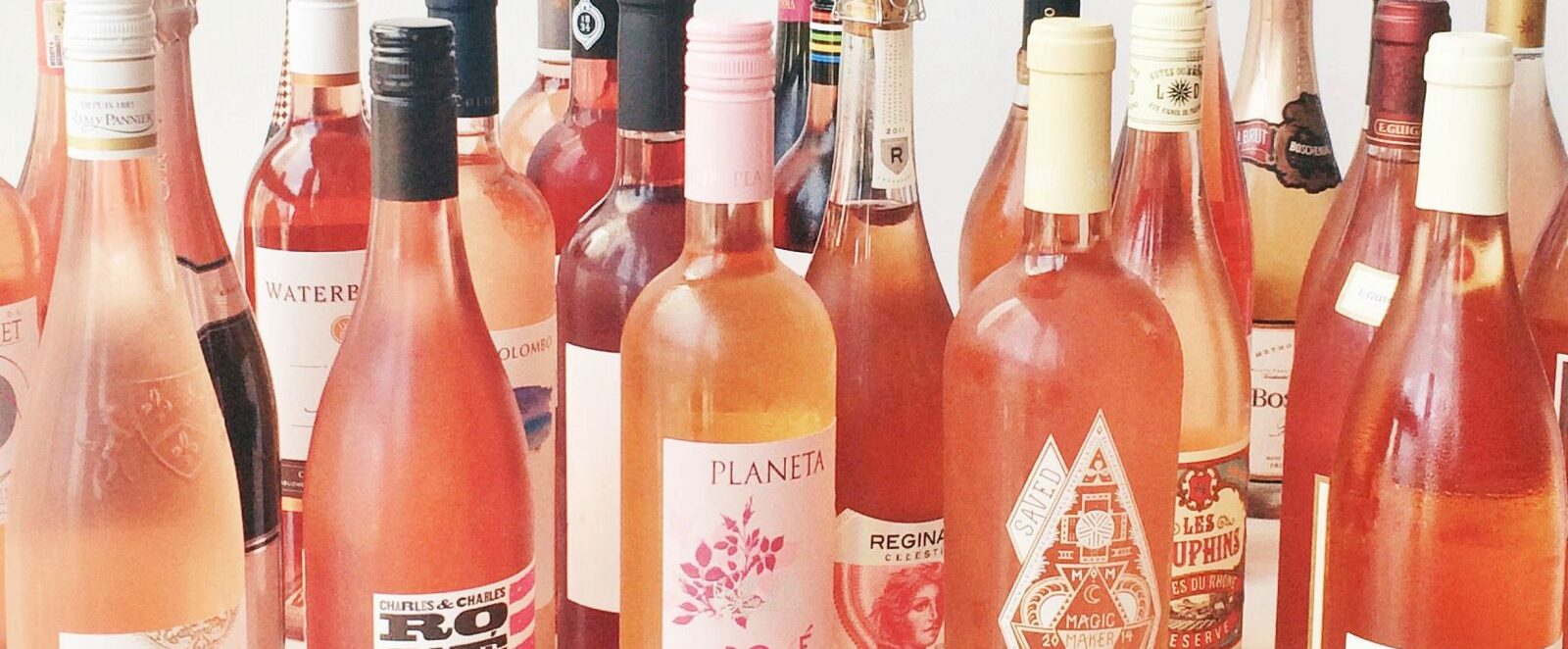
Rosé wines are perfect for Summer sipping. Heck they are event great all year long with lamb, turkey, pork, burgers, and more! The 70’s and 80’s made us afraid of sweet pink blush. These wines barely passed for wine and were sugary headache causing drinks. As Rosé has evolved it has gone back to the traditions of Provence France and become a delightful dry drink for daily drinking.
Our 5th Annual Rosé day tasting has evolved to a two day event with 160 reservation spots available. Join us June 13-14, 2020! Due to popularity and to maintain social distancing restrictions we have put our reservation system online in our store for you to buy tickets. Club members use the code NECTARVIP to save $5 on your order.
Rosé is traditionally made in one of three different ways.
- INTENTIONAL HARVEST – Grapes are grown and harvested with the intent to make Rosé. After harvest the juice has minimal contact with the wine skins, 12-48 hours. This typically means earlier harvesting to keep sugar levels lower and acid levels higher. These Rosés are treated with great care and intention and are usually a love of the wine maker. They are typically lighter in color and very dry (low to no sugar).
- SAIGNEE METHOD – Saignée (“sohn-yay”) means “to bleed,” and it also describes a method of rosé winemaking that involves “bleeding” off a portion of red wine juice after it’s been in contact with the skins and seeds. Saignée is considered a byproduct of red winemaking because its primary function is to increase the concentration of red wines. Still, Saignée is a unique style of rosé wine because it is so often bolder and darker in color than any other rosé wine. So, if you’re not a fan of traditional rosé, you might like Saignée because: It’s bigger, darker, and stronger than other pink wines. (source Wine Folly)
- BLUSH METHOD – These rosé wines are often of the sweeter variety. A still white wine is made and then sugar and a small amount of red wine is added to give the wine its pink color.




